Tense Calm Returns to Sweida After Deadly Violence: Ceasefire Agreement in Effect

A fragile calm has returned to Sweida province in Syria after a week of intense and deadly clashes between Druze and Bedouin armed groups, as well as Syrian government forces. A ceasefire agreement, brokered by international actors, is currently in effect, but the underlying tensions remain high.
The recent violence, triggered by the robbery and assault of a Druze merchant on July 11, quickly escalated into open armed conflict, resulting in significant casualties, mass displacement, and a severe humanitarian crisis. The clashes have exposed deep-seated sectarian tensions and raised questions about the role of the Syrian Interim Government and the impact of Israeli military intervention.
Ceasefire and Withdrawal: Latest Developments
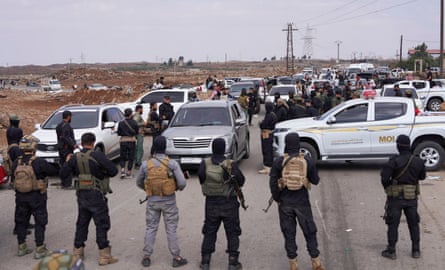
Reports from July 20-21 indicate a "tense calm" prevailing in Sweida, with the Syrian government announcing a halt to fighting and the withdrawal of Bedouin tribal forces. Prominent Druze leader Sheikh Hikmat Al-Hijri, initially skeptical of earlier ceasefire attempts, has acknowledged a new agreement brokered by "guarantor states," including the US, Turkey, and Arab countries. The agreement includes measures such as checkpoints outside administrative borders, a 48-hour ban on entry to border villages, and safe passage for remaining Bedouin tribes within the province. Interim President Ahmad al-Sharaa has urged Bedouin tribes to adhere to the ceasefire and comply with state orders.
Government Withdrawal and Alleged Revenge Attacks

Following a truce on July 18, Syrian government forces largely withdrew from Sweida province. However, Syrian state media reported retaliatory attacks by Druze militiamen on Sunni Bedouin communities, leading to further displacement. Accounts from Sweida describe widespread looting, burning of homes, and "systemic killings" of civilians, primarily Druze, allegedly by government-affiliated fighters.
Humanitarian Crisis: Mass Displacement and Strain on Health System
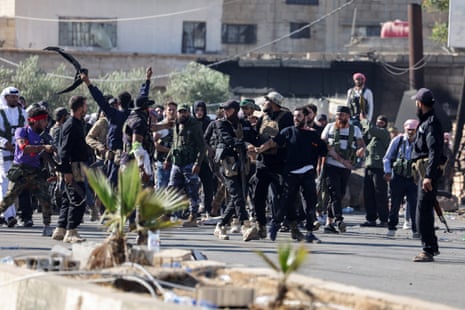
The United Nations reported mass displacement in Sweida, with nearly 2,000 families seeking shelter in collective sites due to the violence. The health system is under critical strain, with shortages of supplies and reports of some health facilities being occupied by armed groups. On July 15, the UN reported an attack on Sweida National Hospital, resulting in injuries to civilians and medical staff and the death of a doctor, pushing the hospital to near-full capacity.
Israeli Airstrikes and Condemnation

On July 16, Israeli warplanes targeted the Syrian Defense Ministry headquarters, military headquarters, and areas near the presidential palace in central Damascus. Prior to that, on July 14, Israel carried out airstrikes targeting Syrian military tanks near Sami' in Sweida, stating the strikes aimed to protect the Druze community and prevent Syrian military buildup. The Syrian Foreign Ministry condemned the Israeli strikes, stating they killed "several innocent civilians" and soldiers.
Initial Clashes and Casualties
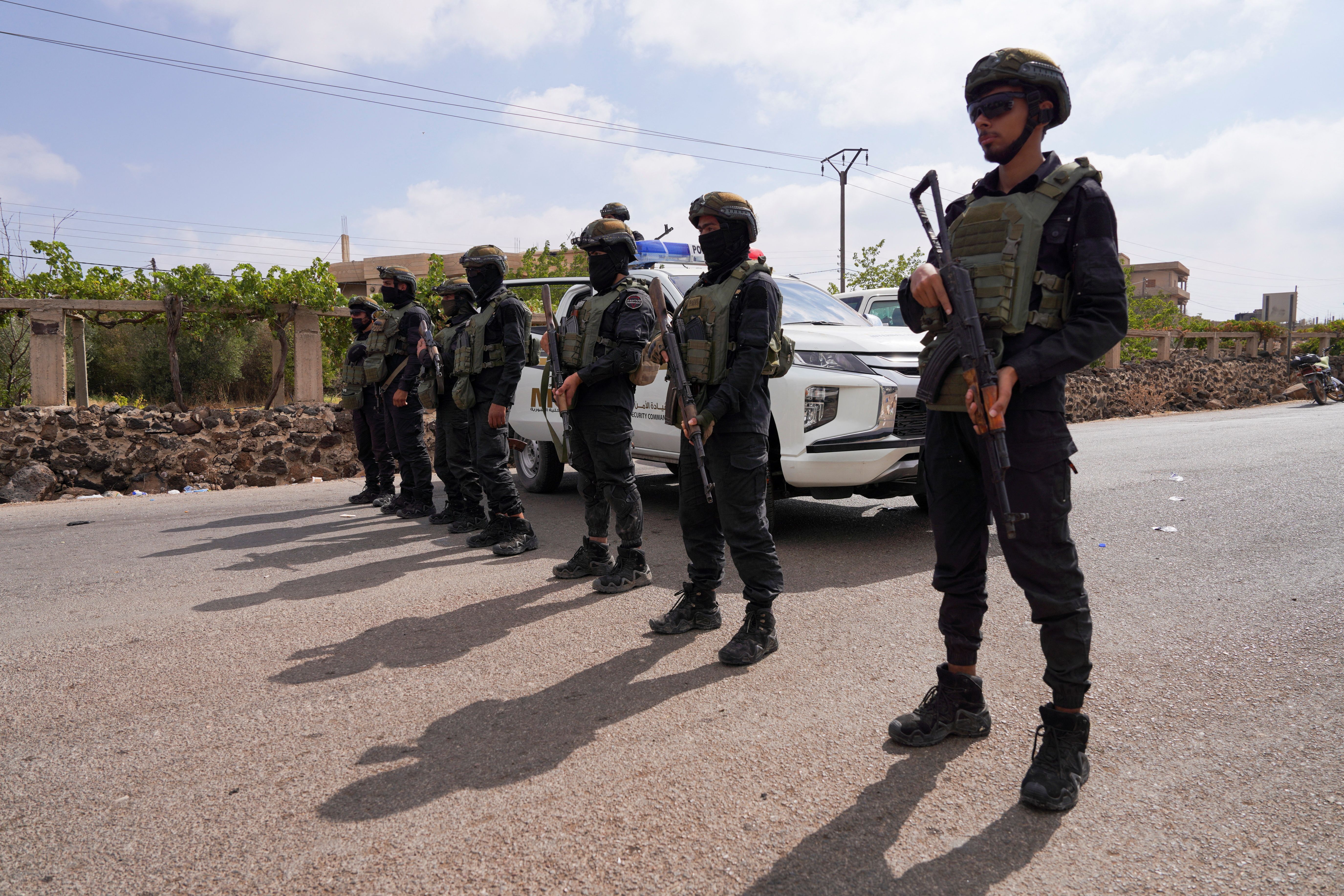
The violence initially erupted on July 12, triggered by the robbery and assault of a Druze vegetable merchant by members of Bedouin tribes on the Damascus-Sweida highway. This incident led to retaliatory kidnappings and a rapid escalation into open armed clashes. Casualties from the conflict reportedly exceeded 135 fatalities as of July 16, including civilians, internal security forces, and Bedouin tribal fighters.
Key Events Leading to the Ceasefire

The timeline of events leading to the ceasefire includes:
- July 11, 2025: Robbery and assault of a Druze merchant, sparking retaliatory actions.
- July 12, 2025: Escalation into armed clashes between Druze and Bedouin armed groups.
- July 13, 2025: Curfew declared in Sweida governorate.
- July 14, 2025: Syrian security forces deployed; Israeli airstrikes in Sweida.
- July 15, 2025: First ceasefire announced; attack on Sweida National Hospital.
- July 16, 2025: Israeli airstrikes on Syrian Defense Ministry and other targets in Damascus.
- July 18, 2025: Syrian government forces largely withdraw from Sweida.
- July 19, 2025: New ceasefire agreement with broader mediation.
Key Stakeholders in the Conflict
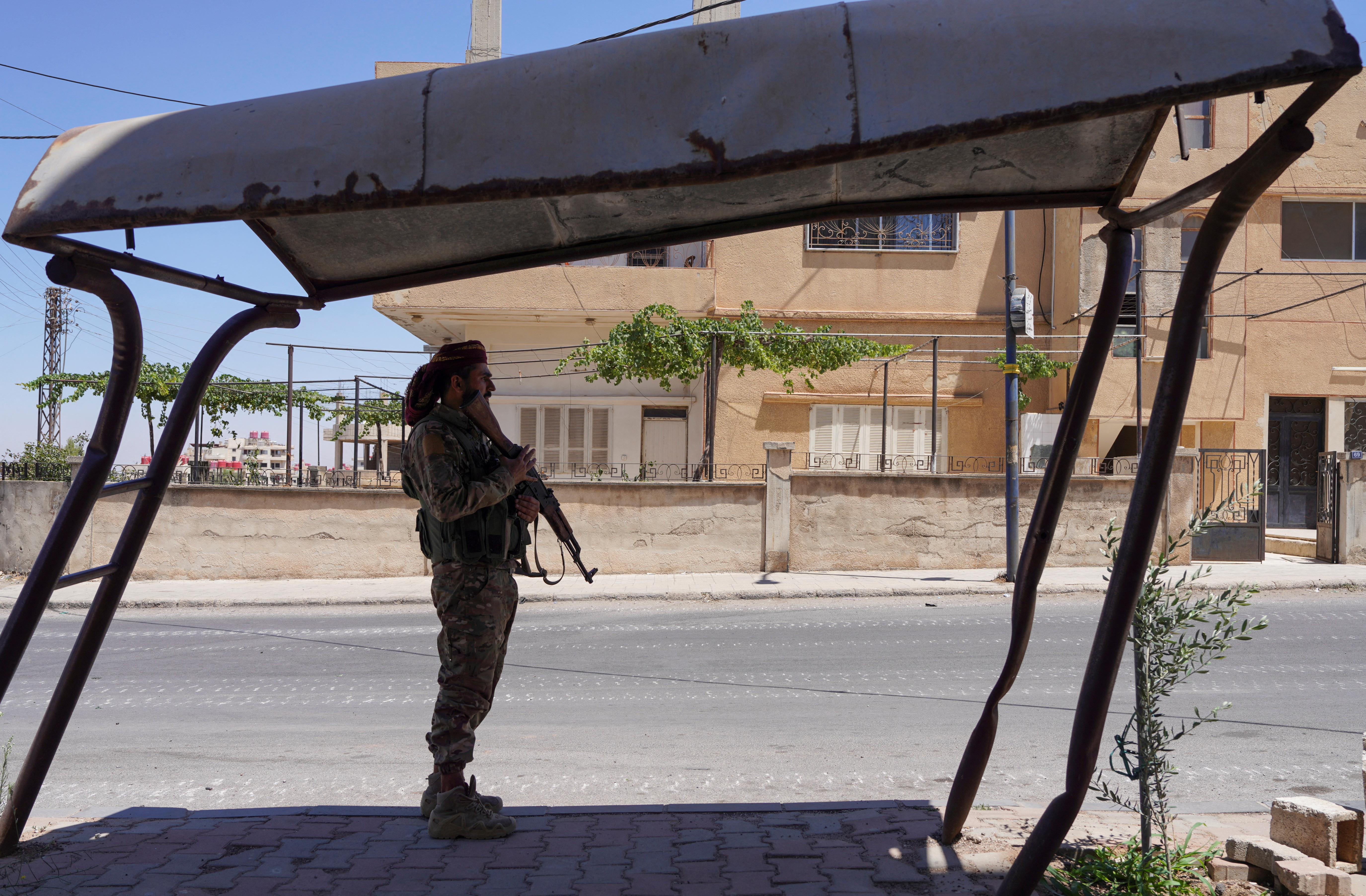
Several key stakeholders are involved in the Sweida conflict:
- Sweida Province: A predominantly Druze region in southern Syria.
- Druze Community: A religious minority group divided between supporters of integration and those seeking autonomy.
- Bedouin Tribes: Predominantly Sunni Muslim tribes with historical conflicts with the Druze.
- Syrian Interim Government (led by Ahmad al-Sharaa): The new government in Damascus struggling to establish authority.
- Druze Militias/Armed Factions: Local armed groups formed for self-defense.
- Israel: Intervened with airstrikes, claiming to protect the Druze community and demilitarize southern Syria.
- United States, Turkey, and Arab countries: Mediated the ceasefire agreement.
- United Nations: Expressed deep concern and urged protection of civilians.
Conflicting Casualty Reports
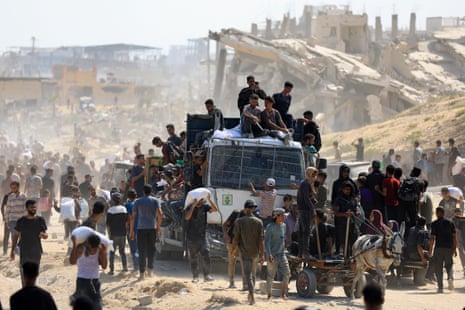
Conflicting reports have emerged regarding the number of casualties. The Syrian Interior Ministry initially reported over 30 people killed on July 14, but has not provided updated figures. The Syrian Observatory for Human Rights, a UK-based war monitor, reported nearly 600 fighters and civilians killed on both sides as of July 18, also citing at least 86 civilians killed in "field executions" (mostly Druze) and at least three Bedouin civilians killed in revenge attacks. Some sources have cited death tolls exceeding 1,000.
Controversies and Potential Consequences

The conflict has ignited several controversies and carries significant potential consequences:
- Sectarian Nature: The clashes have taken on sectarian dimensions between Sunni Bedouin and Druze communities.
- Government's Role: The Syrian interim government's perceived siding with Bedouin tribes has fueled distrust among the Druze community.
- Israeli Intervention: Israel's military intervention has drawn strong condemnation as a violation of Syrian sovereignty.
- Humanitarian Crisis: The violence has led to mass displacement, disruptions to aid, and overwhelmed health facilities.
- Long-Term Coexistence: The abuses and sectarian rhetoric have strained prospects for peaceful coexistence.
- Regional Instability: The escalation risks wider regional instability, particularly with Israel's direct involvement.